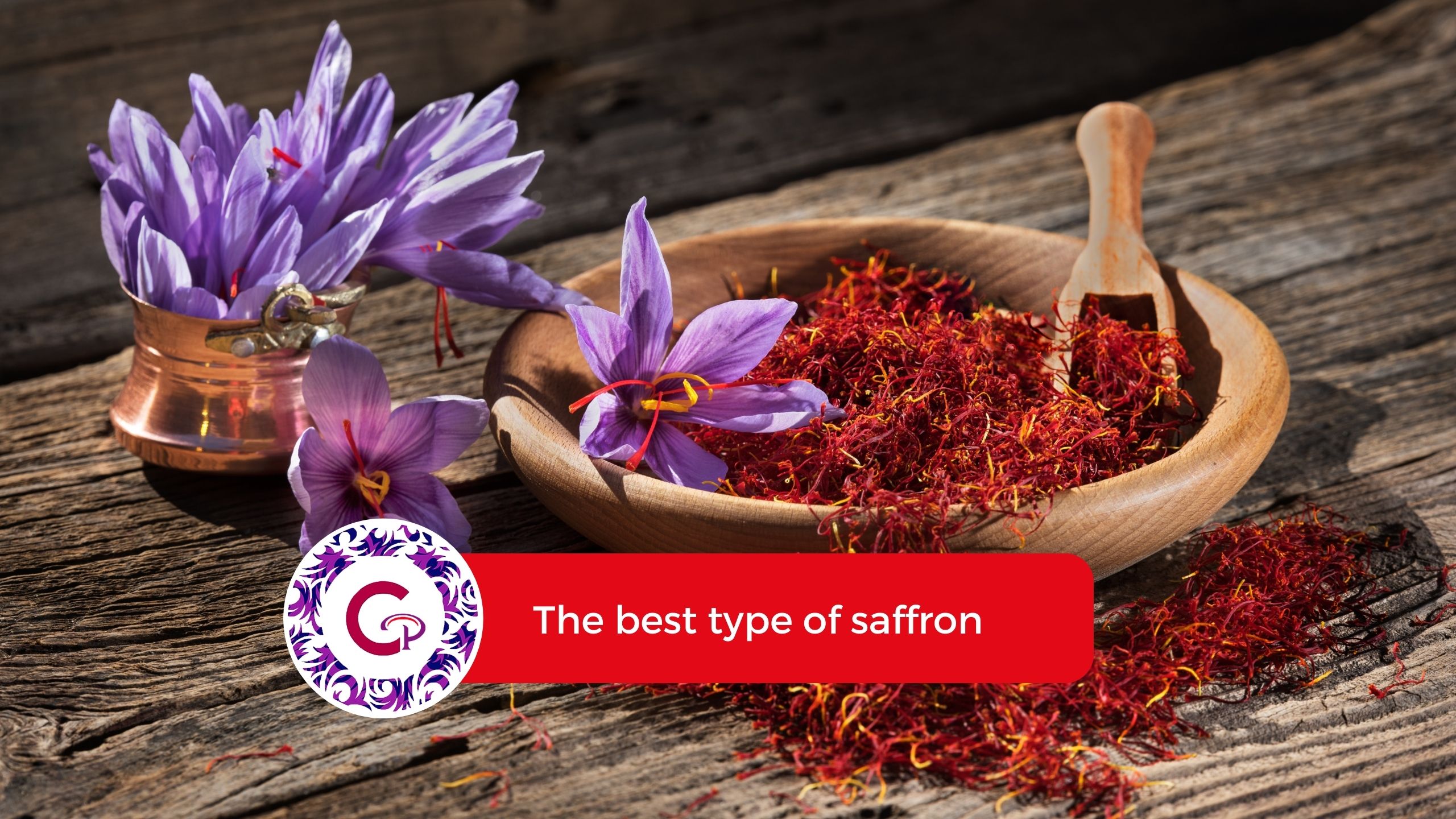
Savory Saffron Grilled Chicken
Unveiling the Ingredients for Saffron Grilled Chicken Before diving into this delightful recipe, it’s crucial to start with authentic saffron.
Home » How to Identify Real Saffron: A Guide to Avoiding Fake Products

Unveiling the Ingredients for Saffron Grilled Chicken Before diving into this delightful recipe, it’s crucial to start with authentic saffron.

Saffron Chicken Recipe: Unraveling the Flavors of Iranian Cuisine Before delving into the cooking process, let’s acquaint ourselves with saffron.

Unveiling the Ingredients for Saffron Syrups To transform any occasion into a luxurious affair, saffron syrup is your secret weapon.

Unlocking the Delights of Saffron Rice Milk: A Culinary Delight Saffron rice milk, a luscious dessert, delights the senses with

Authentic saffron threads never possess a sweet taste. If your saffron tastes sweet, it is undoubtedly counterfeit. Genuine saffron will present a bitter and slightly astringent flavor when placed on the tongue.
Saffron boasts a distinctive and potent aroma. In contrast, fake saffron will lack any significant scent. Familiarizing yourself with the genuine saffron fragrance is crucial. It is a harmonious blend of earthiness, tobacco, vanilla, honey, and a subtle salty-sweet undertone. Remember this simple rule: “Good saffron will always SMELL sweet and never TASTE sweet.”
Authentic saffron exhibits unique coloration and distinct strand characteristics, including diffuse ends. When submerged in water, real saffron retains its original coloration, demonstrating its authenticity. Conversely, counterfeit saffron loses its added color and undergoes a noticeable transformation. Pure saffron-infused water takes on a rich honey-yellow hue, while fake saffron imparts a dull red tint.
Rubbing saffron threads between wet fingers provides another method of differentiation. Genuine saffron threads will transition in color, ranging from orange to red to yellow.
Conclusion:
To ensure you’re purchasing genuine saffron, always rely on your senses. Remember, real saffron never tastes sweet, but it exudes a distinctive, intense aroma. Additionally, its unique visual characteristics and ability to retain its color in water are telltale signs of authenticity. By following these guidelines, you can confidently distinguish real saffron from its counterfeit counterparts and enjoy the true flavor and benefits of this precious spice.